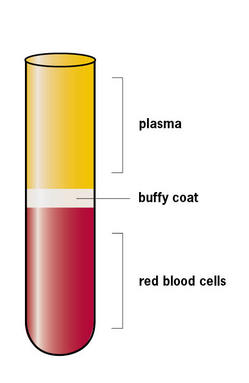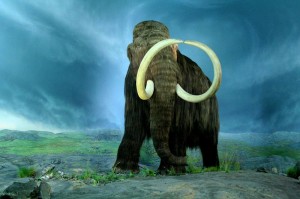Categories for Research / Innovation

February 22, 2017 at 5:33 pm
Published by Kristin Stankus | Digital Community and Social Media Specialist
In addition to providing blood products to use for transfusion and transplants, Stanford Blood Center (SBC) also collects blood products that play a major role in advancing medicine through research. We took a look at the journey blood products take...

October 12, 2016 at 4:50 pm
Published by Stanford Blood Center
Innovation is a guiding principle at Stanford Blood Center, and our founder is on the forefront of innovation in cancer treatment discoveries. Ed Engleman, M.D., recently conducted research into vitamin A’s role in suppressing colorectal cancer, the second leading cause...

April 20, 2016 at 4:31 pm
Published by Kristin Stankus | Digital Community and Social Media Specialist
By Dianne Geary and Tho Pham, MD When a whole blood donation gets to lab, it goes for a spin in a centrifuge. From a whole blood unit, Stanford Blood Center (SBC) can then potentially get three products: packed red cells,...
June 3, 2015 at 11:55 am
Published by Stanford Blood Center
By Kristin Stankus, digital community and social media specialist Since its founding in 1978, Stanford Blood Center (SBC) has strived to not only save lives by providing transfusable blood products to patients in need, but also to provide tailored blood...
May 13, 2015 at 1:50 pm
Published by Stanford Blood Center
By Dayna Kerecman Myers Ebola is a devastating disease, but hope for a treatment may rest within the blood of survivors—along with the prospect of building stronger blood systems for the West African countries overwhelmed by the recent outbreak. When...
March 25, 2015 at 2:02 pm
Published by Stanford Blood Center
The Stanford Blood Center (SBC) mission states “We provide hope for the future: teaching tomorrow’s leaders in transfusion medicine, researching to unlock mysteries inherent in blood, and connecting donors to patients every day.” Part of the work SBC does to...

February 18, 2015 at 9:39 am
Published by Stanford Blood Center
Although Stanford Blood Center (SBC) is best known for supplying blood products to hospitals, did you know it is also home to one of the top Human Leukocyte Antigen (HLA) Histocompatibility laboratories in the country? While our donor centers do...
June 25, 2013 at 6:39 am
Published by Stanford Blood Center
By Dr. Chris Gonzalez, Assistant Medical Director, Stanford Blood Center The human leukocyte antigen (HLA) system helps the immune system differentiate between a body’s own tissues and those that are foreign (e.g. invaders such as viruses and bacteria). HLA system...
September 10, 2012 at 1:55 pm
Published by Stanford Blood Center

By Dayna Myers, Marketing Communications Manager, Stanford Blood Center
Stanford Blood Center founder and Medical Director Ed Engleman, MD, took a break from the lab to share his inspiring story with a group of students from the Tech Trek science and math camp on July 16.
September 16, 2011 at 8:00 am
Published by Stanford Blood Center
By Lia Steakley, Social Media Producer, Stanford University School of Medicine

Woolly mammoths, which initially evolved in warm climates where African and Asian elephants now live, migrated to the cold regions of Eurasia in the Pleistocene glacial period. To survive living in the harsh permafrost, the Ice Age icons underwent distinct evolutionary changes such as growing long fur.






